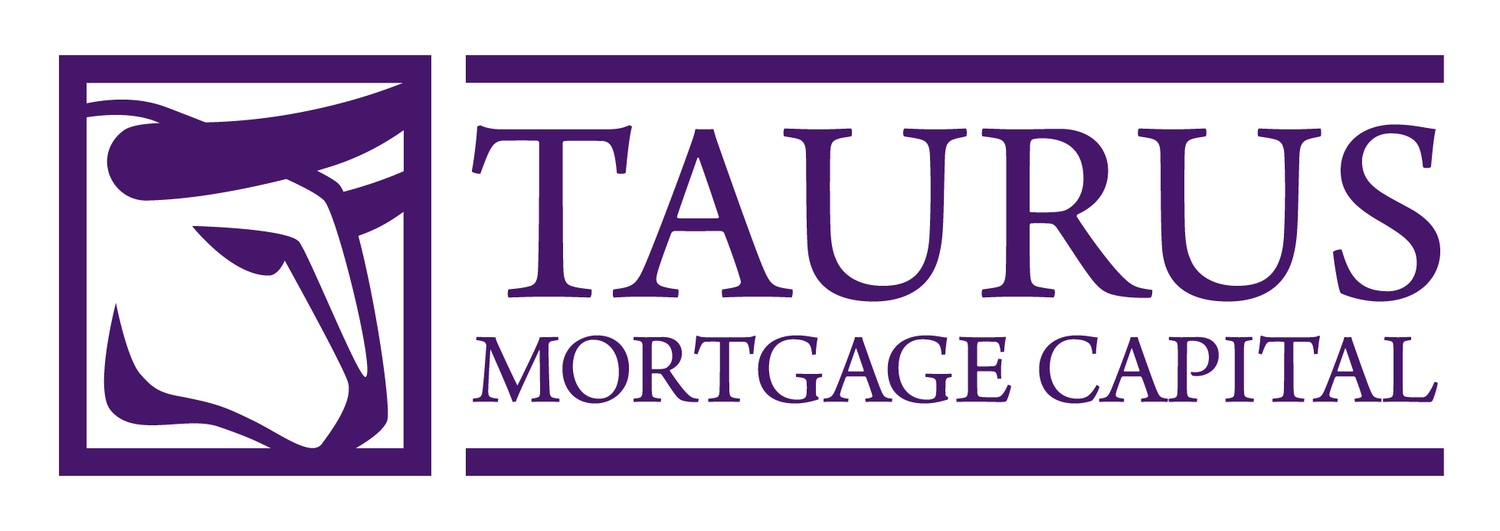Introduction:
The regulator for all Canadian Banks in Canada, the Office of the Superintendent of Financial Institutions (OSFI) is introducing additional restrictive mortgage rules that will have a dramatic impact on the housing market and the ability of Canadians to qualify for a mortgage. The instrument being used is a STRESS test that will reduce the amount of money borrowers will be able to qualify for.
Quotes from OSFI:
“We clearly see the potential risks”
“Banking watchdog sees risks in Canada’s high debt and home prices and is doing something about it”
How does the current STRESS work today?
The current STRESS test is applicable for all mortgages whereby:
1. A purchase of a home with a down payment of less than 20%
2. For refinances or transfers with less than 20% equity
3. Variable rate mortgages.
The reason for its past introduction was to protect lenders and consumers against potential increase in the Overnight Rate by the Bank of Canada. This Overnight rate is highly correlated to the Prime Rate of lending posted by the BIG 5 banks in Canada. As they increase, the minimum monthly payment required to be paid by the borrower increases. This creates a potential risk to the borrower of NOT being able to afford their increased payment obligation.
Example - Mortgage required of $250,000, Amortization of 25 years
5 Year Variable Rate Mortgage = Prime +/- Spread
= 3.20% - 0.50% = 2.70%
= Monthly payment amount of $1,144.97
If the Overnight rate increased by 0.25%, Prime would likely increase by 0.25%, the new mortgage rate for the client would increase also.
= 3.45% - 0.50% = 2.95%
= New Monthly payment amount of $1,176.71
5 Year Variable Rate Mortgage (Stress Test) = Canadian Benchmark = 4.99% (current)
= Monthly payment amount of $1,452.59
The Stress test required that borrowers be able to service a monthly payment of $1,452.59 not $1,144.97. The result was that a larger percentage of an applicant’s total income would now be required to qualify for the mortgage. If this percentage is over say 42% of household income, the borrow would not be allowed to get a variable rate mortgage.
Impact on Canadians? If you couldn’t qualify for a variable rate mortgage you could always get a 5-year fixed rate mortgage (no stress test required). The 5-year fixed would allow you to qualify for the max amount of mortgage.
What exactly is the NEW Stress test?
The new stress test will require that fixed rates with a term of 5 years or greater to be subject to a NEW additional STRESS test in which the qualifying rate will be:
= 5 Year Fixed Rate (Contract Rate) + 2.00%
= 3.29% + 2.00% = 5.29%
5 Year Fixed Rate Mortgage = 3.29% (Contract Rate)
= Monthly payment amount of $1,220.63
5 Year Fixed Rate Mortgage (Stress Test) = 5.29%
= New Monthly payment amount of $1,495.56
How does the New Rules Affect Canadians?
Impact on Canadians? If you couldn’t qualify for a variable rate mortgage you definitely can’t qualify for a 5-year fixed rate mortgage.
Example:
A family with a Household income of $100,000, no debts and property taxes of $4,000, can quality for at $570,000 mortgage today.
Under the new Stress Test, the same family will only be able to qualify for $465,000 or a decrease of 17%.
The NEW Stress test will impact the borrowing power of Canadians in the range of 17% to 25%!
Conclusion:
If you are planning on purchasing, refinancing or renewing in 2018, the time to speak to someone about your options is today. We will make sure to go over your options so that you will be able to make an informed decision.
We have a long history of helping people through these tough times. As long as you understand these changes and the impact on your family, there are plenty of options for you to act in a prudent manner and take advantage of it. This latest change is no different. Drop by or give us a call to find out more.


